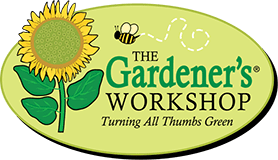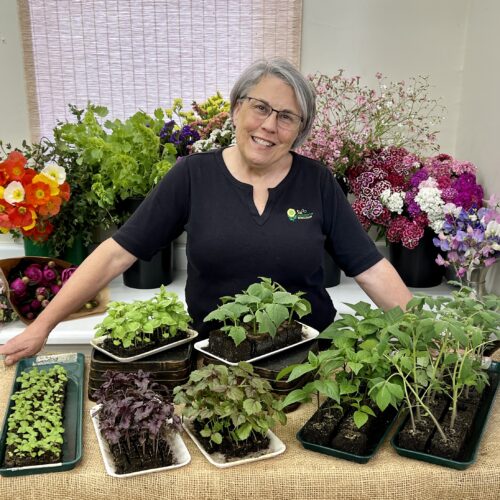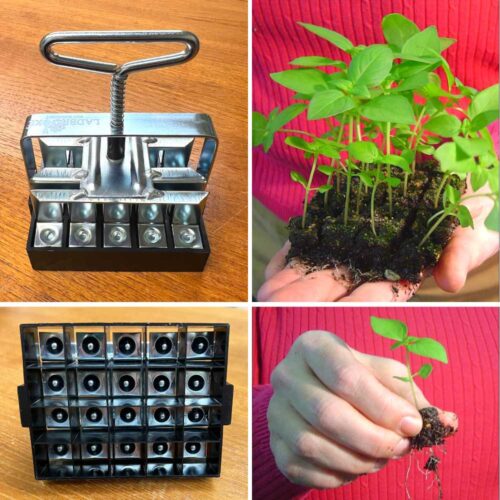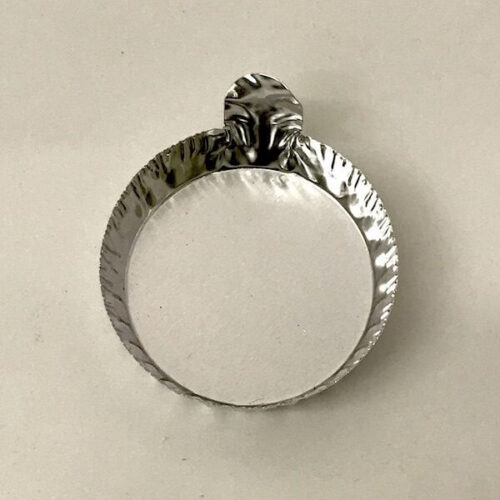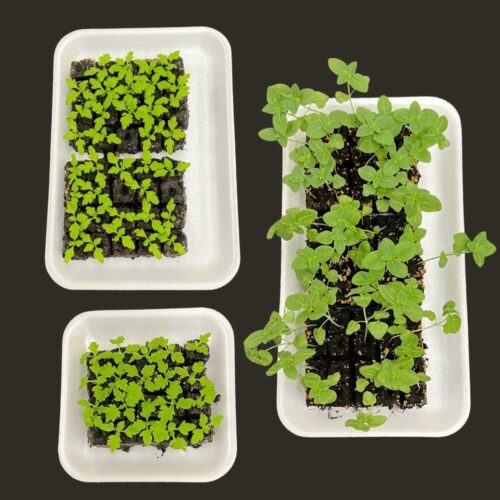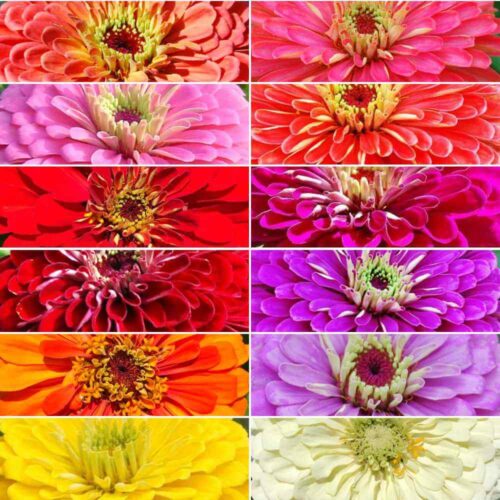Growing Veggies in Containers
Just about everything can be grown in containers, however there are a few tips that I'd like to offer that will lead to fewer chores, more bounty and just healthier plants. These ground rules apply to flowers and herbs as well as vegetables.
The container: the bigger the better. The larger the mass of soil the less often you will have to water. When you pot up a small 8-10" pot with a transplant all looks pretty good, but once that plant reaches maturity, the roots are typically crammed in the pot. This means you can't possible water it enough unless you water a couple times a day, which is out of the question. In a large, deep pot with plenty of room the roots will have more room to stretch and grow as well as the pot can store some moisture. My personal choice is no pot under 16" across and 9" deep and bigger is better. A plant planted in a large pot will out-perform and out-produce the same planted in a small pot. Buy the biggest pots you can afford. I prefer terra-cotta and wood containers, they are the natural choices. You have many to choose from–just be sure the pot has a drainage hole.
The soil: good quality potting soil is essential. I find that "beefing-up" the potting soil I have is the best mix. I collect all those pots from last season that are sitting around full of soil, plants long gone. I dump all the soil from the pots into a wheel barrel. Using my hand trowel I chop it up and remove any debris. I do not use any soil from pots that may have had insect or disease issue last season. I then add equal amounts to the soil volume of compost and coco fiber and mix well. This produces a great soil mix, recycles what you have and uses sustainable products to enrich it. We add dry organic fertilizer at planting.
The plant choices: most everything can be grown in a container, however using a little plant sense will make it easier. Choosing dwarf and compact varieties when available, Tomatoes are a good example; if you grew an indeterminate tomato it would quickly overtake the container and everything around it. By choosing a Patio Hybrid Tomato that only grows 24" will certainly change your experience. Just keep in mind if you want to grow a big plant you will need a big pot. Some of the easiest veggies to grow in containers would be: lettuce, radish, greens, patio tomatoes, peppers, chard, onions and many others. You can even grow beans or peas on a trellis. Think outside of the box- I saw a squash in a half whiskey barrel container thriving.
Finishing Touches: once you have planted your containers, all we want to do is to sit back and wait for the produce right? Well it's not quite that easy, but you can make it pretty painless. Mix organic dry fertilizer in the soil when you pot up your plants. Be sure to keep the level of the soil at 2" below the edge of the pot for easier watering when planting. After planting, mulch your pots just like you do your flower beds. We often use –are you ready—gumballs from the gum tree as mulch in our pots because it tends to keep the squirrels away. Seems those spiky balls annoy them as much as they do us. Water your plants in well and plan on sticking your finger in the soil every morning to check for moisture to see what your watering schedule will be. As your plants grow you will need to water more, most likely every morning.
We also use a liquid organic fertilizer monthly as a boost since we are asking so much of our plants.
Hopefully this will get you thinking about gardening on your porch or balcony!
Happy Gardening!
Lisa Z
